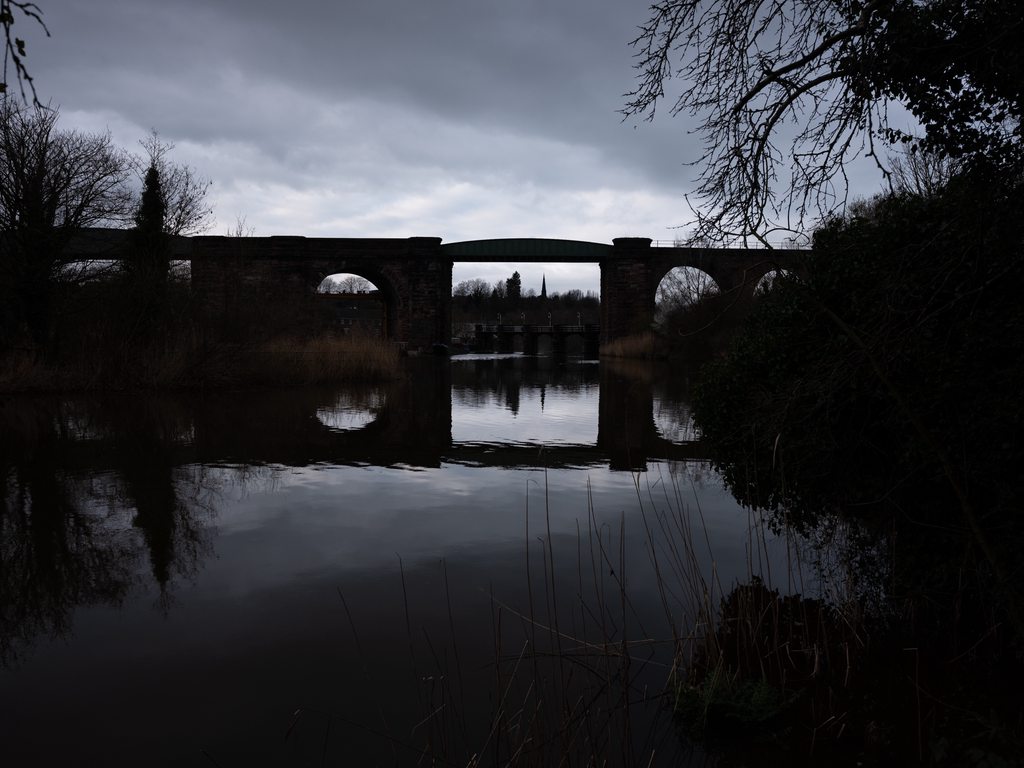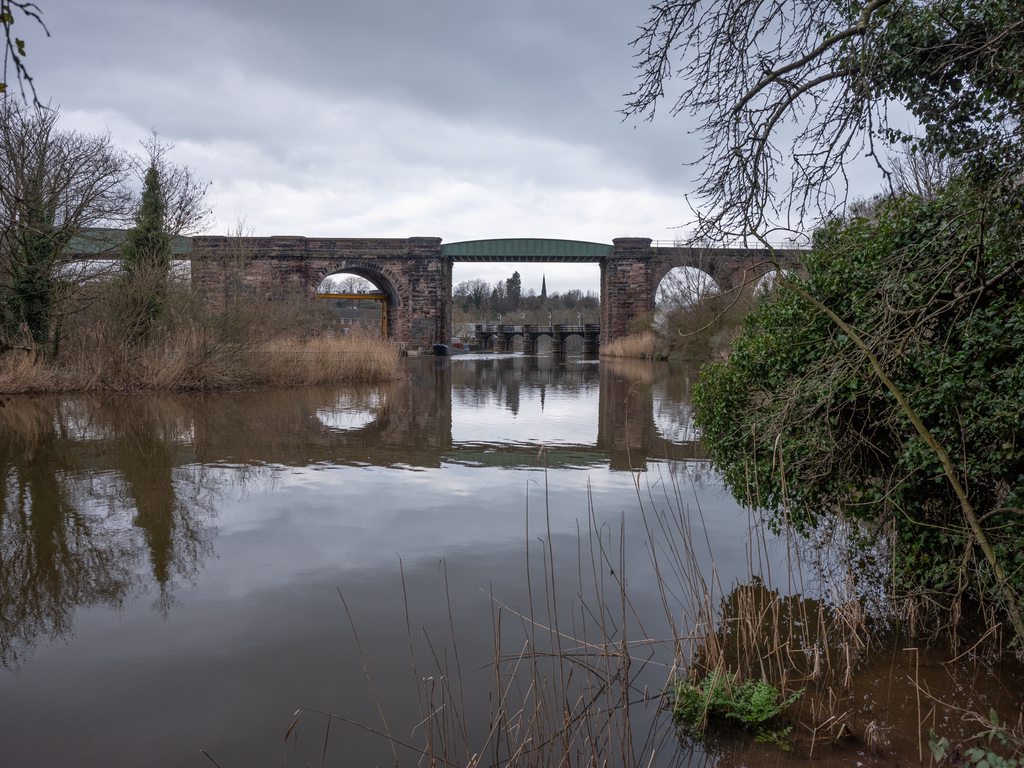Mr Perceptive
Perceptive Member
I'm thinking along the lines of something like a GFX 50R.
You won't be disappointed with the IQ, lenses are reassuringly expensive (though not as eye-watering as Leica glass)
I'm thinking along the lines of something like a GFX 50R.
You won't be disappointed with the IQ, lenses are reassuringly expensive (though not as eye-watering as Leica glass)
Thanks David.
Going through all the stuff I've been photographing during the last 12 months, a large amount has been taken at 'fifty' or 'slightly wide' (ie 35mm-ish) focal length. Looking at the GF lens line-up, thinking the 63 might be a good choice. Prices of really clean 50R's aren't overly scary either and I like the 'compact' form.
I can understand wanting to move on from a digital M camera. I had an M9 for a while with a 35mm summicron, and I didn’t feel like the results I was getting were in proportion to the crazy amount of money I had invested in the camera. I don’t think the experience of shooting a Leica M film camera translates well to digital.
@Mr Perceptive - thanks for the insight into the GF glass. I need to put some thought into the 45mm vs 63mm, with perhaps a slight leaning to the 45 as it represents a f/l I tend to gravitate towards.
I've had the Z6ii for around 24 hours now and have been getting it set up and taking a few photographs around the house and in the garden because of work and the weather.
I'll be honest, as much as I love the ergonomics and image quality of the Z6ii, there is something a little soulless about the camera compared to the M240.
I am sure I will get used to the Nikon but I will definitely be keeping the Leica.


Get the GFX Richard, it'll be like coming home at last! (if only I could justify getting one as well)
I'm slowly coming round to the idea, John. One scheme doing the rounds in my head is having a more comprehensive Mu43 set up (I already have Pen F & E-M1 Mk2 and a couple of lenses). This would be a small, highly portable, fast, very compact and light rig yet still with great IQ. IME, Olympus are un-matched in a few areas, notably for macro work (in-body focus stacking is amazing), plus the IBIS is 2nd to none, excepting Panasonic.
The GFX becomes the tool for when IQ is everything.
I was unconvinced of the prowess of the big Fuji in straight image terms over say the Nikon Z711 or the Sony 7R1V, but then went to look at DPR's galleries of images. In terms of simple sharpness there's not much in it to justify the cost and weight, but there is an obvious and very beautiful something going on between the Fuji's colour engine, its lenses and that sensor. They are quite amazing images and would suit your style of work down to the ground I think. I have an ex pupil who is a prize winning 'street' photographer who now uses one of those huge pro cameras, but he suggested the Fuji to me for just that magical 'something'
His work is here.
https://www.olikellett.com
But anyway, get the Fuji! It's amazing.
Oh and yes...The Oly as a light field cam...exactly. Perfect for wildlife too. What a combo! Come on Lottery!
I totally get where you are coming from. At the end of the day, it comes down to one's personal preferences and what one wants from a camera.
For me, I view the Nikon as a tool. It's a means to an end and it has to perform, delivering the best image quality possible while being 100% reliable and getting out the way, allowing me to realise the image that I have in my head. I want the files to be as accurate and neutral as possible. Think of the Nikon as a pair of studio monitors.
All of this being said, that doesn't mean I don't appreciate a camera with a bit more.... 'character'. In my casual photography (family and out and about), it's nice to have something that's a bit more 'tactile'. This is why I now use a Fuji X-E3 for this purpose. The Nikon's UI is more efficient for my landscape work, but the dial and knob centered UI of the Fuji is exactly the sort of thing I'm looking for when it comes to my casual photography. It encourages me to be more creative and experimental. I have to say I also 'enjoy' the Fuji shooting experience more than the Nikon. (although I prefer the results from the Nikon in absolute terms). This is where I also use both the film simulations of the Fuji and RNI Films. If the Nikon is a pair of studio monitors, the Fuji and film sims are more like a pair of Audio Note E's or Shahinian Arcs
Of course, this is all just my personal take. There is no wrong or right answer.
To close, here are two images. One which represents my casual photography and was taken with my Fuji X-T2 on holiday, and one which represents my landscape photography, taken with the Nikon Z7 out in the field
Marloes Sands by Amar Sood, on Flickr
Nikon Z7 / Tamron 17-35mm f2.8-4.0
Line and Length by Amar Sood, on Flickr
Fujifilm X-T2 / XF18-55mm f2.8-4.0 / VSCO Films Kodak Portra 800
Lefty
Sadly, I cannot speak from any experience of using a Leica M film camera - I'll have to ask my dad about that (he had an M3 back in the sixties) but would really love to have the opportunity, one day.
I've had a great time with the M240 though, and am so glad to have had the opportunity. For the most part, the results were no better than I would have achieved with (for example) my trusty old Nikon D700, but the experience was always enjoyable.
@Mr Perceptive - thanks for the insight into the GF glass. I need to put some thought into the 45mm vs 63mm, with perhaps a slight leaning to the 45 as it represents a f/l I tend to gravitate towards.
I was unconvinced of the prowess of the big Fuji in straight image terms over say the Nikon Z711 or the Sony 7R1V, but then went to look at DPR's galleries of images. In terms of simple sharpness there's not much in it to justify the cost and weight, but there is an obvious and very beautiful something going on between the Fuji's colour engine, its lenses and that sensor. They are quite amazing images and would suit your style of work down to the ground I think. I have an ex pupil who is a prize winning 'street' photographer who now uses one of those huge pro cameras, but he suggested the Fuji to me for just that magical 'something'
His work is here.
https://www.olikellett.com
But anyway, get the Fuji! It's amazing.
Oh and yes...The Oly as a light field cam...exactly. Perfect for wildlife too. What a combo! Come on Lottery!


It’s made me look in my piggy bank too, But all I can see in there, are my wife’s eyes staring back out at me, and they don’t look happy.
Well I don’t wish to hear thatI got encouragement......................
Lefty said (Quote) "This is where I also use both the film simulations of the Fuji and RNI Films. If the Nikon is a pair of studio monitors, the Fuji and film sims are more like a pair of Audio Note E's or Shahinian Arcs"
What a great analogy! Perhaps that's why I use Fujifilm cameras and have Shahinian speakers.....it all fits together now. I can't see me changing either of them
The Nikon Z6ii (and no doubt the all Z cameras) are wonderful tools being able to do pretty much everything to an extremely high standard. And therein lies the issue for me in some respects - it doesn't stick out from the crowd in any way. Just as a professional camera should be I suppose.
In hindsight I should probably have gone for the older Z7 for a similar price - at least the sensor in that camera would have provided that something a little different.
The images from the GFX have so much more "depth" to them than FF or APSC, its difficult to describe. The resolution/sharpness is a given but the forgiving nature (and dynamic range of teh sensor) is quite something. Acceptable images can be pulled out of the darkness - Shadow slider only!
Exposed for sky

Recovered

Thats just made @Lefty look in his piggy bank
DXO said:The Nikon Z7 II achieved an overall DXOMARK sensor score of 100, which is a slight improvement over the model it replaces and puts it in joint 1st place in our sensor ranking for full-frame sensors, alongside the likes of the Nikon D850 DSLR, the Panasonic Lumix DC-S1R, and older Sony A7R III mirrorless models. This also positions the Z7 II just behind the two “cropped’ (44 x 33 mm sensor) medium-format models at the top of our database, though the difference of one or two points in terms of overall “sensitivity” is obviously very small.
